How Torque Converters Work: Fluid Coupling

If you’ve ever wondered how your automatic transmission vehicle can idle smoothly at a stoplight without stalling the engine, the answer lies in a remarkable component called the torque converter. This fluid coupling device replaces the mechanical clutch found in manual transmissions, using hydraulic pressure instead of friction plates to transfer power from your engine […]
How ATF and Friction Materials Work: Fluid Science
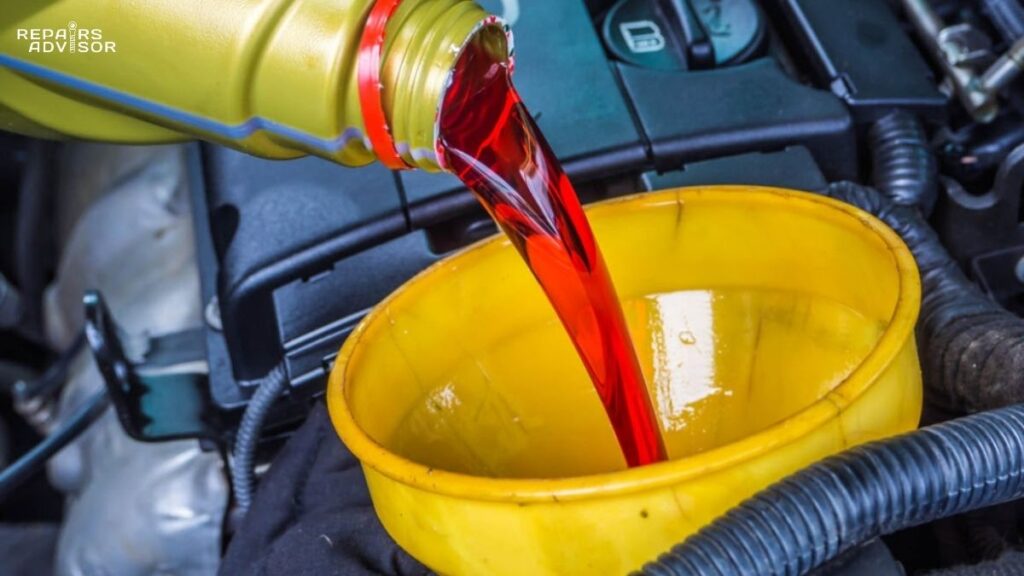
Your automatic transmission contains one of the most engineered fluids in your vehicle—automatic transmission fluid (ATF) is far more than just a lubricant. This specialized hydraulic fluid simultaneously lubricates moving parts, transmits power through the torque converter, cools internal components, and protects against wear—all while enduring temperatures from -40°F to nearly 400°F. Unlike engine oil, […]
How Automatic Transmission Mechatronics Work: Electronic Control

Modern automatic transmissions have evolved far beyond simple hydraulic systems. At the heart of today’s most advanced gearboxes sits a sophisticated component called the mechatronic unit—an integrated electronic-hydraulic control center that manages every aspect of gear shifting. Whether you’re experiencing shifting problems in your VW, diagnosing a dashboard warning in your Audi, or simply want […]
How Automatic Transmissions Work: Hydraulic Control Systems

Picture yourself stuck in rush hour traffic, creeping along at 5 mph, then accelerating to 70 mph on the highway—all without touching a clutch pedal or manually shifting gears. That seamless experience is thanks to one of the most sophisticated mechanical systems in your vehicle: the automatic transmission. This engineering marvel constantly monitors your driving […]
How Manual Transmission Synchronizers Work: Smooth Shifting Technology

If you’ve ever heard that sickening grinding sound when shifting gears, you’ve experienced synchronizer failure firsthand. That metallic crunch isn’t just unpleasant—it’s your transmission telling you something expensive is wearing out. Modern drivers take smooth gear changes for granted, but this seamless operation depends entirely on a set of precisely engineered components called synchronizers. Before […]
How Engine Knock Sensors Work: Combustion Monitoring
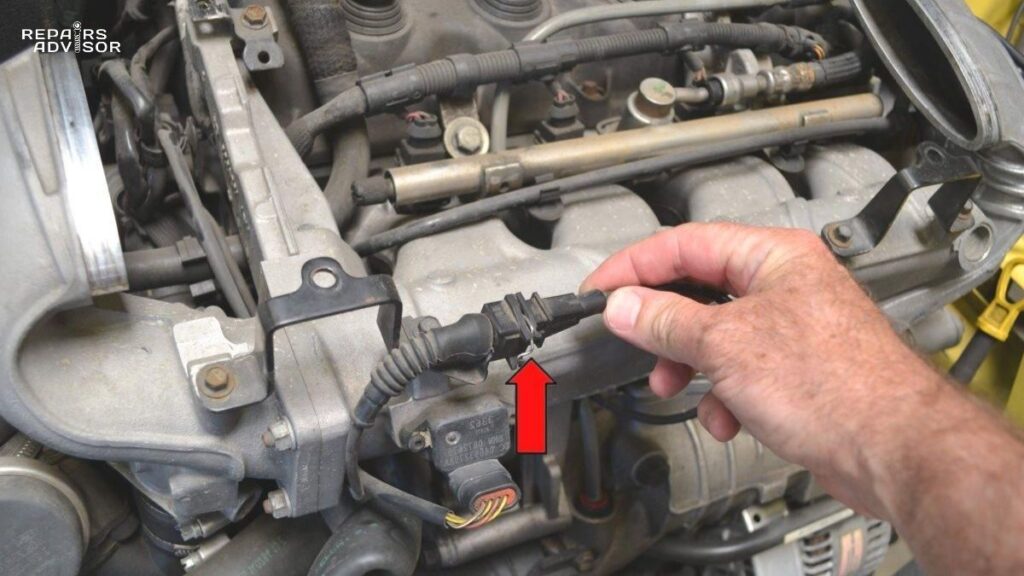
Your engine’s knock sensor is one of those components you never think about—until it fails. This small but mighty sensor acts as your engine’s early warning system, constantly listening for destructive combustion problems that can turn a healthy engine into a pile of expensive scrap metal in minutes. Understanding how this critical sensor works, recognizing […]
How Exhaust Gas Temperature Sensors Work: Thermal Protection
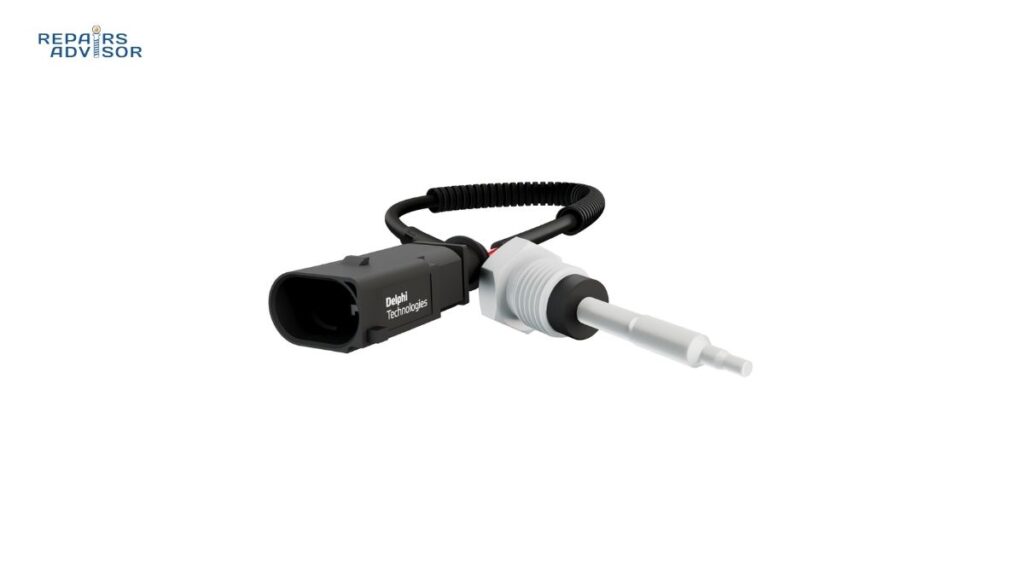
Modern vehicles produce exhaust temperatures that regularly exceed 900°C—hot enough to melt aluminum and damage critical engine components. Without proper monitoring, this extreme heat can destroy turbochargers, catalytic converters, and diesel particulate filters, leading to repair bills that easily exceed $3,000. Exhaust gas temperature (EGT) sensors serve as the thermal guardians of your vehicle’s exhaust […]
How Diesel Particulate Filters Work: Soot Filtration and Regeneration
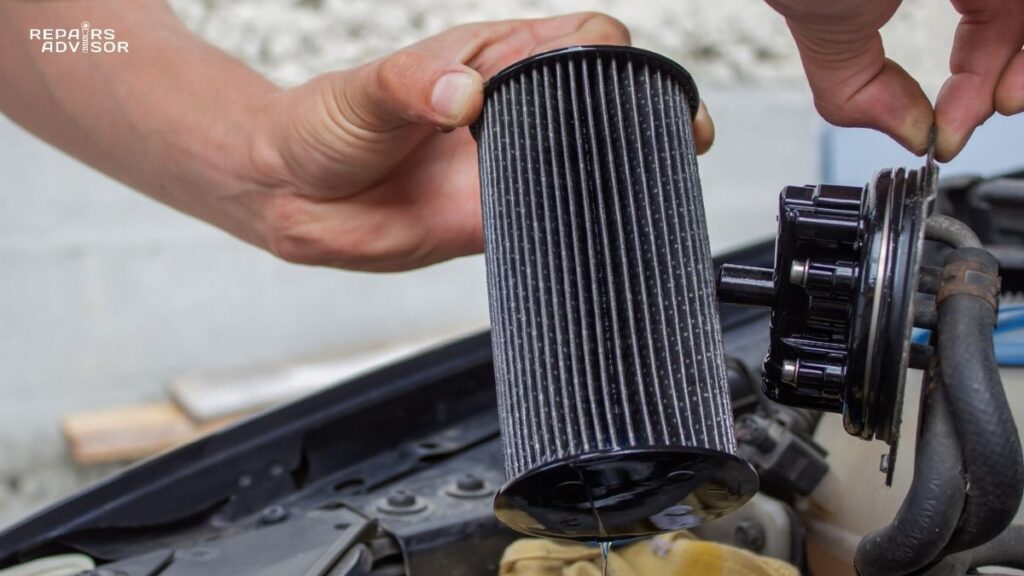
Modern diesel engines produce exceptional fuel efficiency and torque, but they also generate particulate matter that must be controlled for environmental compliance. The diesel particulate filter stands as one of the most critical exhaust aftertreatment components, capturing over 95% of harmful soot particles while maintaining optimal engine performance. Understanding how DPF regeneration cycles work, recognizing […]
How Direct Injection Systems Work: High-Pressure Fuel Delivery
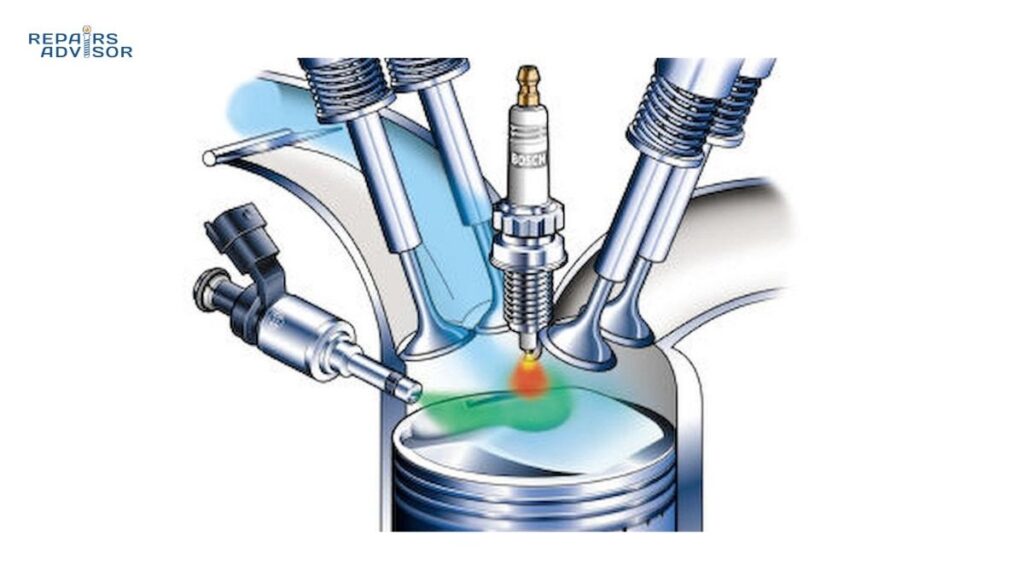
Why Direct Injection Systems Are Critical for Engine Performance The direct injection system represents the pinnacle of modern fuel delivery technology, injecting gasoline at precisely the right moment directly into each cylinder’s combustion chamber. This advanced GDI engine architecture delivers superior fuel efficiency, reduced emissions, and enhanced power output compared to traditional port injection systems. […]
How Fuel Injector Internals Work: Precision Metering
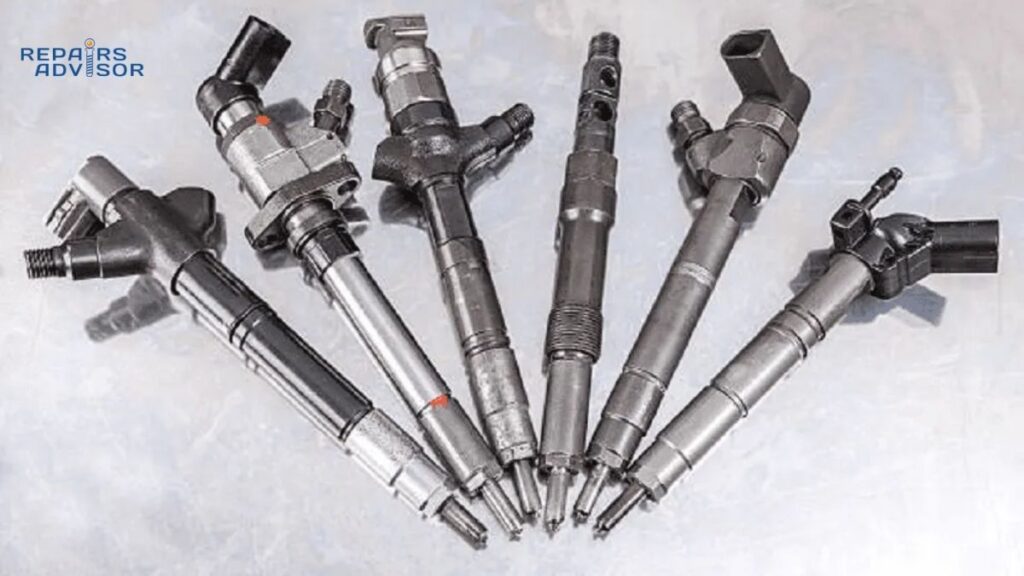
Why Fuel Injector Hydraulics Is Critical for Engine Performance Fuel injector hydraulics represent the heart of modern engine performance, controlling the precise metering and atomization of fuel that directly determines combustion efficiency, power output, and emissions compliance. The hydraulic circuits within fuel injectors operate under extreme pressures—up to 2,000 bar in direct injection systems—using precision […]
How Piston Cooling Jets Work: Advanced Lubrication
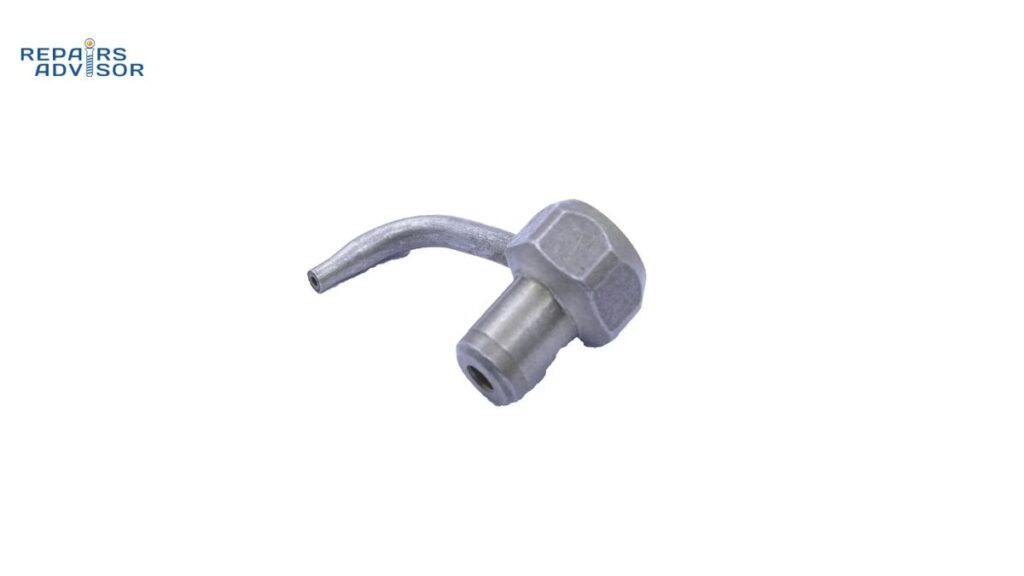
Advanced engine thermal management through precision oil delivery – information for reference only Piston cooling jets represent sophisticated engineering solutions that enable high-performance engines to operate at extreme temperatures exceeding 500°F (260°C), with oil flow rates of 0.5-2.0 L/min per cylinder. These precision-engineered nozzles direct pressurized oil (20-80 PSI) to critical piston crown areas, preventing […]
How Intake Air Control Devices Work: Tumble & Swirl Generation
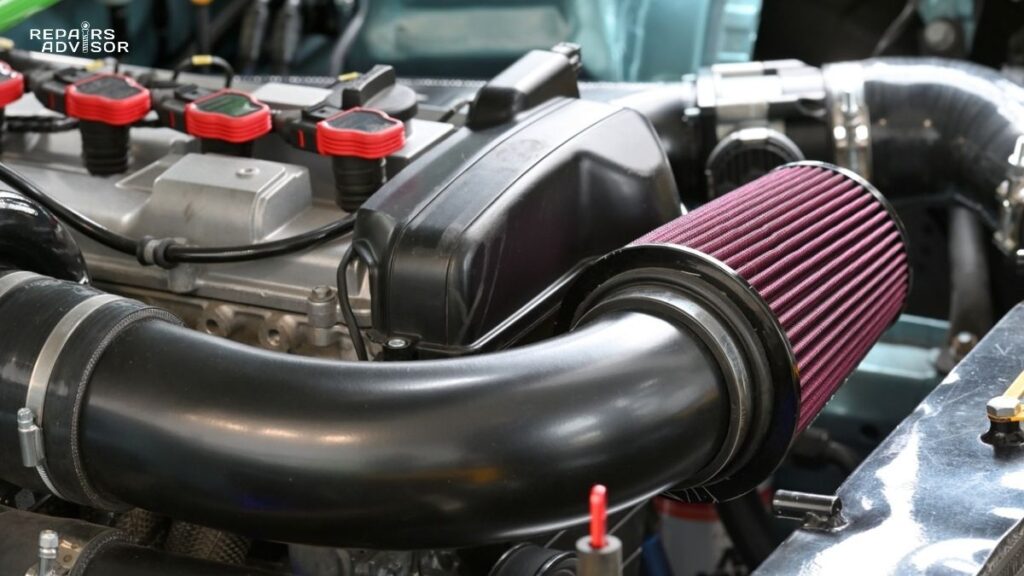
Modern engines rely on sophisticated intake air control devices to optimize combustion efficiency, reduce emissions, and maximize performance across all operating conditions. These advanced systems create controlled air motion patterns within the combustion chamber, directly impacting fuel mixing, flame propagation, and overall engine performance. Understanding how tumble flaps, swirl valves, and variable intake runners work […]